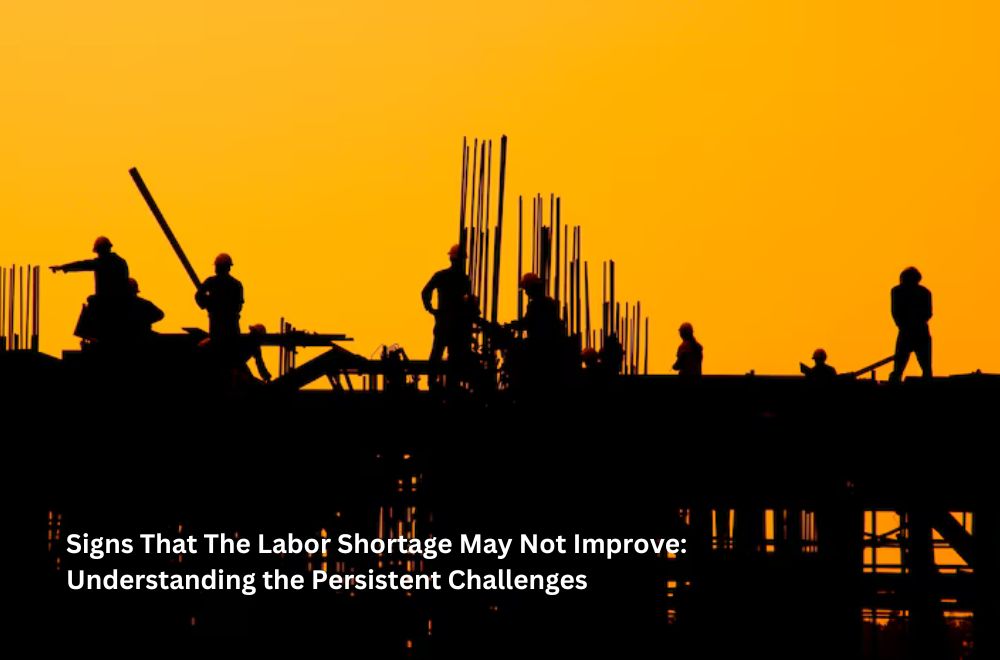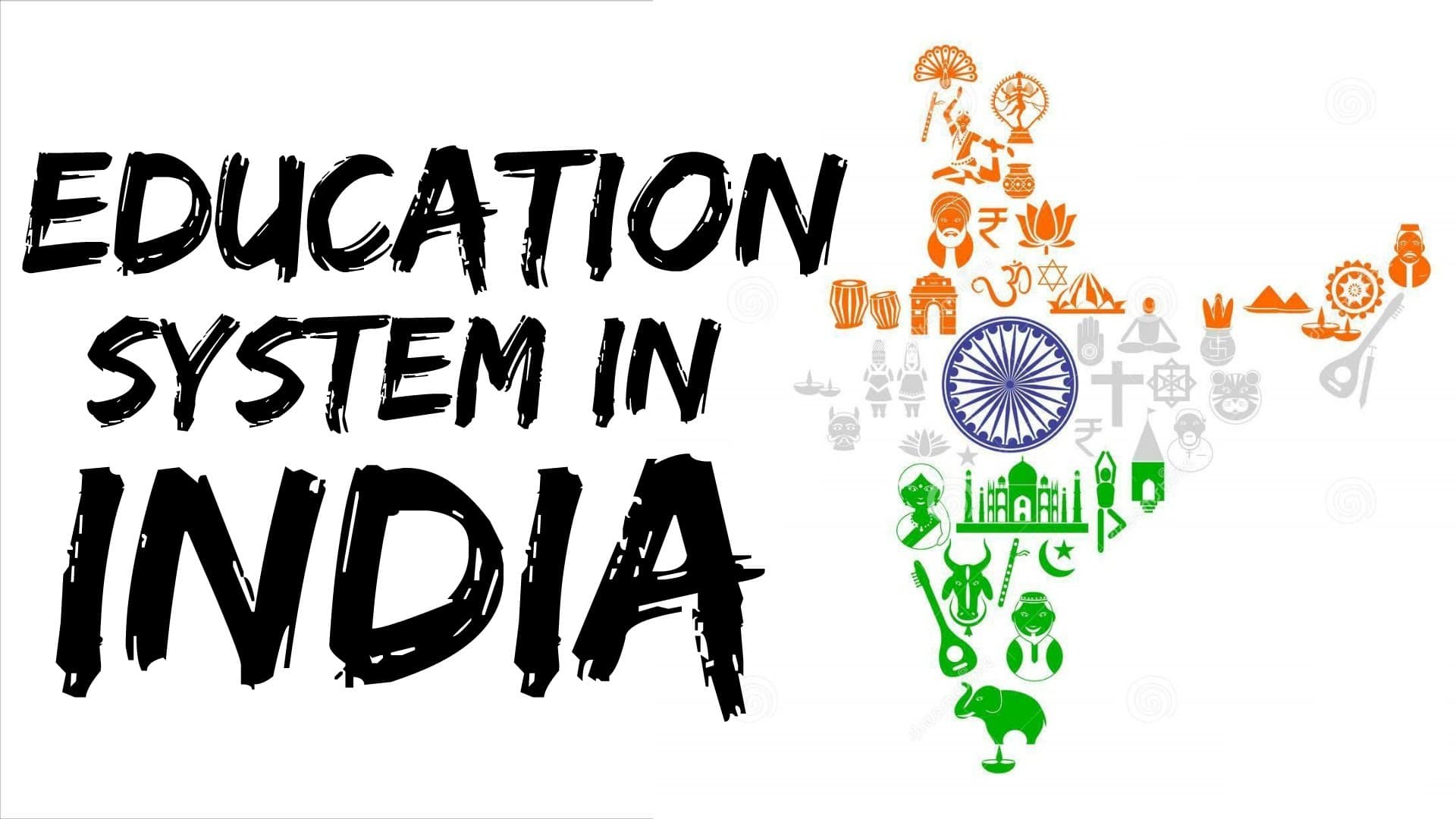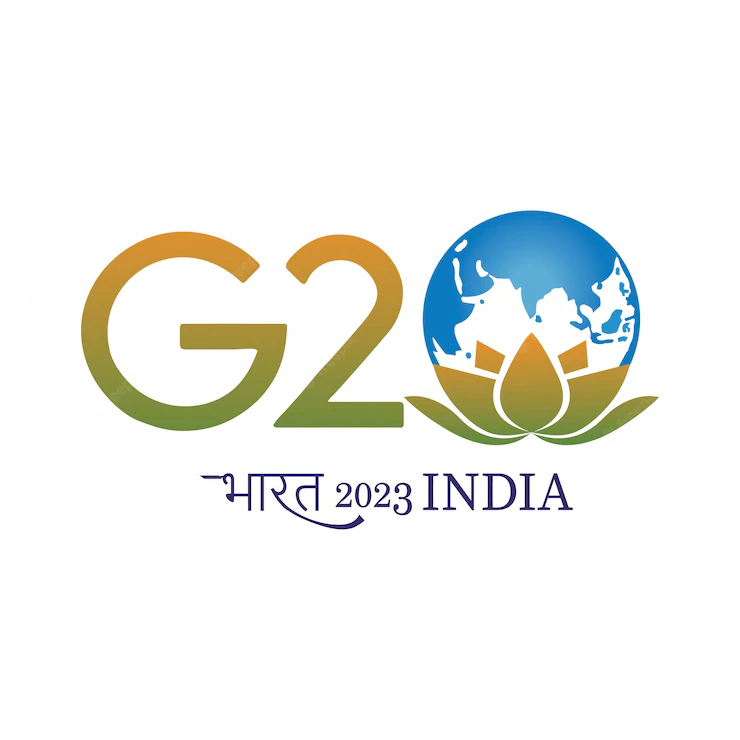Decline in Workforce Participation Rates
Factors such as early retirements, childcare responsibilities, and health concerns amidst the pandemic have contributed to this decline.
Without a significant reversal in this trend, the labor shortage is likely to persist as fewer people actively seek employment.
Skills Mismatch
Rapid technological advancements have created new job roles that require specialized skills, while traditional skill sets may no longer be in demand.
Bridging this gap through education and training programs takes time and may not immediately alleviate the shortage of skilled workers.
Increased Competition for Talent
Offering competitive wages and benefits has become essential for attracting and retaining talent, putting pressure on businesses, particularly small and medium-sized enterprises (SMEs).
This heightened competition can prolong the labor shortage as businesses struggle to meet the evolving expectations of prospective employees.
Demographic Shifts
The aging workforce exacerbates the shortage of skilled workers, especially in industries requiring specialized knowledge and experience.
Addressing these demographic shifts requires comprehensive strategies, including immigration policies and incentives for workforce participation among older adults.
Persistent Economic Uncertainty
Uncertainty about future demand and market conditions may lead businesses to adopt a cautious approach to expansion and recruitment.
Until there is greater stability and confidence in the economic environment, businesses may remain hesitant to fully address labor shortages.
The signs pointing to a protracted labor shortage underscore the need for proactive measures to address this challenge effectively. Businesses must prioritize strategies such as













